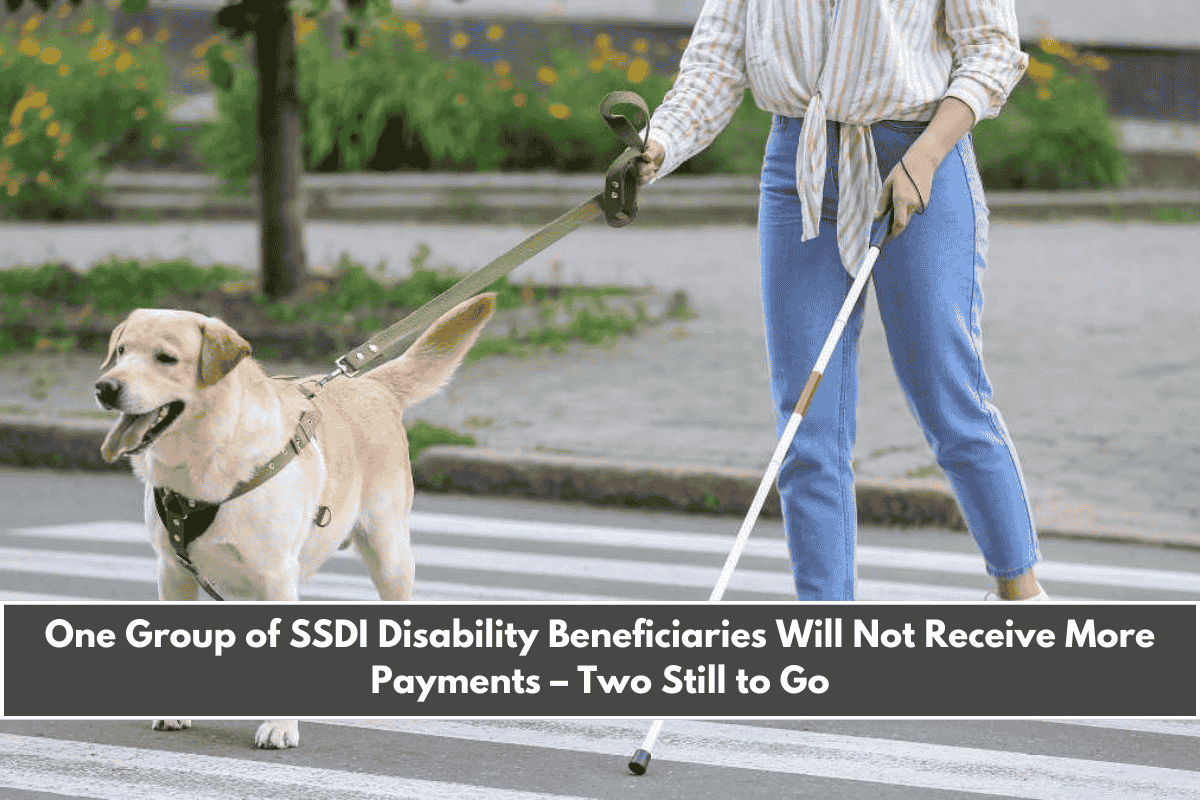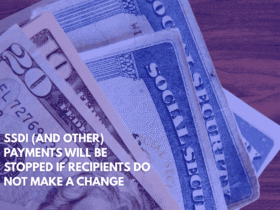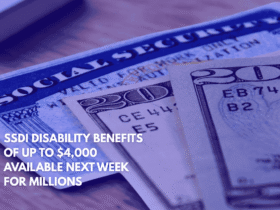Social Security Disability Insurance (SSDI) is a crucial federal program that provides monthly benefits to individuals with disabilities that prevent them from working for at least one year.
Managed by the Social Security Administration (SSA), SSDI is available to those who have accumulated sufficient work history through Social Security taxes paid on their earnings.
Who Is Eligible for SSDI?
To qualify for SSDI, applicants must meet both medical and employment criteria. This includes having a disability—either physical or mental—that is expected to last at least a year, or a condition that is expected to result in death.
Applicants must also have earned enough work credits from jobs where Social Security taxes were paid. SSDI benefits include monthly payments to cover basic needs and may extend to family members, such as spouses over 62 years old or children under 18 years old.
SSDI Payment Dates for April 2025
For April 2025, SSDI payments will be distributed across three different dates based on the date of birth of the recipient:
- April 3: For those who started receiving SSDI before May 1997. This group rarely sees changes in their payment date.
- April 9: For SSDI recipients with birthdays between the 1st and 10th of the month.
- April 16: For those with birthdays between the 11th and 20th.
- April 23: For recipients with birthdays between the 21st and 31st.
This system helps streamline the processing and distribution of funds, ensuring timely and efficient payments for all eligible beneficiaries.
How Much Will SSDI Beneficiaries Receive?
In 2025, the maximum SSDI monthly payment is $4,018. This amount is typically reserved for those who had high earnings over the years before they became disabled. However, the average SSDI payment is approximately $1,580, which reflects the variation in beneficiaries’ work history and lifetime earnings.
The SSA adjusts SSDI benefits each year based on the Consumer Price Index for Urban Workers and Clerical Employees (CPI-W), ensuring that the payments keep up with inflation.

How Does the SSA Calculate SSDI Benefits?
The SSA calculates SSDI benefits by considering the 35 highest-earning years of the applicant’s work history. The lowest 5 years of earnings are excluded from the calculation. If a person has worked for less than 35 years, the calculation is adjusted, and the final amount will be reduced accordingly.
Eligible family members can also receive SSDI benefits, up to 50% of the primary beneficiary’s amount. However, the combined amount for the family cannot exceed 180% of the total primary benefit.
What Happens When an SSDI Beneficiary Reaches Full Retirement Age (FRA)?
Once an SSDI beneficiary reaches their Full Retirement Age (FRA)—which is typically 67 years old—their SSDI payments automatically convert into retirement payments.
Retirement benefits are permanent and lifelong, unlike SSDI payments, which are temporary. This means that while SSDI benefits cease at FRA, retirement payments will continue for the rest of the individual’s life.
Will SSDI Payments Be Affected by Staff Reductions?
In 2025, the SSA implemented a 12% reduction in staff, including the closure of 27 local offices, as part of a transition to digital services. While this restructuring may impact in-person assistance and create delays in processing requests, the SSA has assured the public that payments will continue to be distributed on time.
This staff reduction and office closures were part of broader efforts initiated by President Donald Trump and the Department of Government Efficiency (DOGE), led by Elon Musk, to reduce federal spending and increase government efficiency.
Despite these cuts, the SSA has committed to maintaining timely delivery of SSDI payments. However, individuals needing assistance with their cases may experience longer wait times or challenges accessing services in person.











Leave a Reply